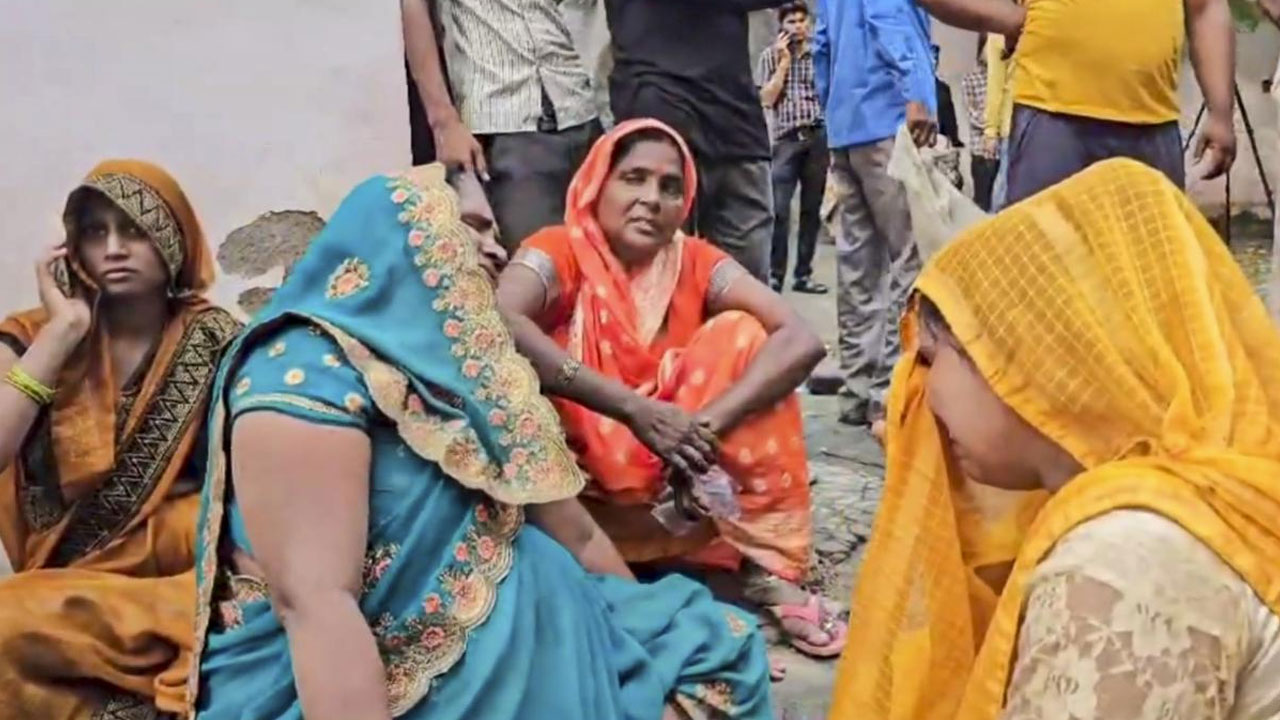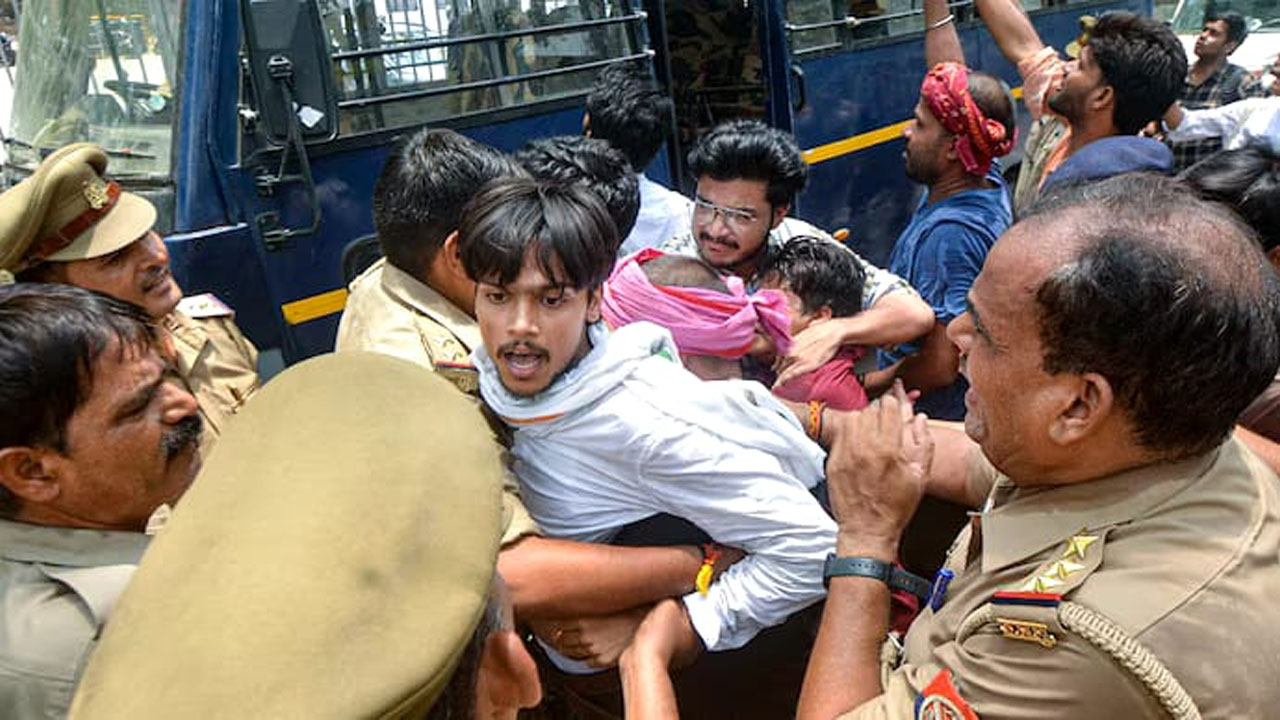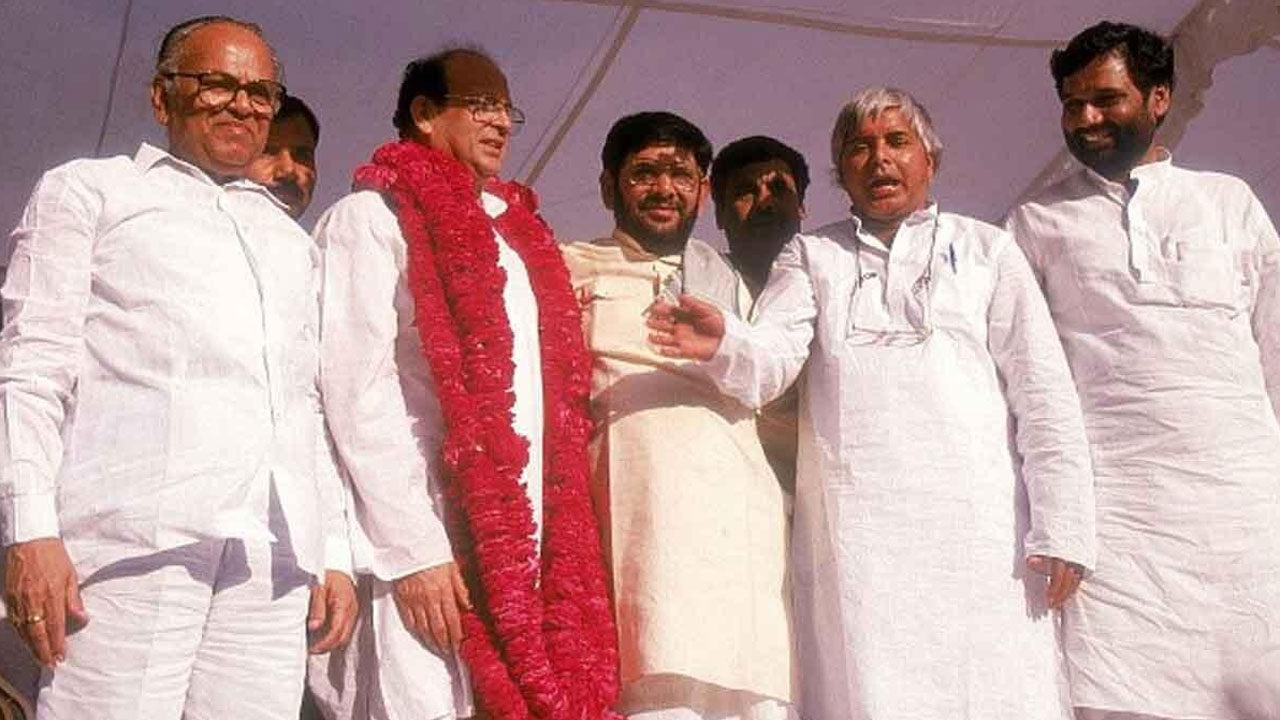This year, the Government of Odisha notified the closure/merger of 11,517 primary and upper primary schools all over the state under the NITI Aayog’s Sustainable Action for Transforming Human Capital (SATH) programme. The government said that this decision, based on “rationalization and consolidation” of resources, would “improve the learning environment and outcome” and that it was following a “transparent and participatory” process in merging the identified schools with nearby schools. However, the move leaves unanswered questions in the wake. Does the number of students alone ensure a conducive environment for learning and good results, or are there other factors, too? How has the policy been justified? How have the parameters, that is, 40 and 20 students for primary and upper primary schools, been drawn up to decide on the status of schools? Who was involved in the setting of the parameters? Why has the transparent and participatory process in merging the identified schools been highlighted but not in determining the parameters? Most crucially, what would be the impact of the decision on literacy and education on the ground? Finally, is this decision justified for the stated objective of mass education?
Finding fault with students
The decision is based on the presumption that a certain threshold number of students in the schools will automatically lead to quality education and a learning environment. Neither the role of the teacher, nor that of the parents and the community has been acknowledged in ensuring quality education and a learning environment. Further, it does not explain why the students in government schools are declining.
Moreover, according to the 71st round of National Sample Survey (NSS) data, student intake in government schools is decreasing. The reasons given are “a better learning environment in the private institutions” and “non-availability of government institutions nearby”.
Similarly, an inquiry into one of the primary schools enlisted for closure/merger reveals a nexus between a teacher, certain members of the local community and the local administration. According to the chairperson of Government Primary School, Badapara, in Bangomunda block, Balangir district: “There is no shortage of students in their village, but since there is no quality teaching, a few students have taken admission in other schools. Some are going to Sisu Mandir, a school in a neighbouring village, or an English-medium school, or have been sent to residential schools and day schools and hostels far away from home. Teaching has been neglected in this school for many years and it has just gotten worse in the last year or two. One of the teachers has been in the school for more than twenty years. We complained to the Block Education Officer (BEO) about four times, but the BEO did not pay heed. Instead, the officer said that the teacher could not be transferred.”
The chairman further offers a peek into the problem: “Some villagers are friends with the teacher and have borrowed lakh of rupees from him. They were silent because if they complain about the teacher, they will have to return his money.”
The negligence of the local administration has thus led to the residents of the village sending their children to better-run nearby schools. It is noteworthy that the residents of the village took years to submit a complaint and how the teacher even managed to keep some of them from doing so.
It is thus the schools that have failed the students and not the other way round. Poorly run schools lead to fewer students. The onus to improve the quality of the schools is on the government, not on the students.

The magical figure of 40 and 20 students per school
How did the government conclude that there is no quality education and a learning environment in primary schools with less than 40 students and upper primary schools with less than 20 students? While such parameters to measure the quality of education are devoid of logic and rationality, they don’t even take into account Odisha’s diverse literacy and educational context.
The literacy rates differ from region to region and between gender and social groups. The literacy rate of Odisha, according to Census 2011, is 72.87 per cent; the male literacy rate is 81.59 per cent and the female literacy rate is 64.01 per cent. Similarly, the literacy rate among Scheduled Castes (SCs) and Scheduled Tribes (STs) in the state is also markedly less than other caste groups. Even between SCs with STs, there is a vast difference in literacy rates. The literacy rate among SCs is 3.88 per cent less than the state average, while among STs, it is 20.66 per cent less. The literacy rate of SCs has been moving closer to the state average, while that of the STs has been drifting further.
Again, there are significant regional disparities in literacy. The difference in literacy rates between the eastern and western regions is 13.43 per cent, the eastern region having the higher rate. The differences in minimum and maximum district literacy rates of the two regions are 22.5 and 8 per cent, respectively. Another glaring fact is that even the minimum district literacy rate of the eastern region is 0.9 per cent higher than the maximum district rate of the western region.
Top-down and non-participatory decision-making
Closing or merging of such large numbers of schools needs the involvement of all stakeholders in the decision-making, but that has not been seen so far. It has been mostly done at the higher levels of state bureaucracy without any consultation with the teachers, school management committees (SMC) and the communities concerned.
The chairperson of Government Primary School, Badapara, says that they were suddenly informed about the news of their school closing down. He says: “There was a meeting in March 2020 in which the Block Resource Centre Coordinator (BRCC) and Cluster Resource Centre Coordinator (CRCC) were present. They measured the distance between the village school and nearby school. Villagers were unaware of the purpose of the exercise. After the meeting, they asked me to sign, but I refused, demanding that they explain to me what I was signing. That is when they told me about the ongoing survey of schools with less than 40 students. They measured the distance between the village and the nearby school to make sure they could be merged.”
The chairperson adds: “After learning the news of the closure of their school, the residents of the village were angry with me. Some are saying the schools were merged because I signed the survey document. In a village meeting, some attendees hurled accusations at him and even suggested tying me up and beating me. He was in distress after being mentally harassed. He even sought the help of local police. Moreover, the residents of the village went to the office of District Education Officer (DEO) twice after they got the news of the merger, and the Block Education Officer (BEO) was re-sent to measure the distance between schools. From the second survey, they found that the nearby school was 1350 metres from the village but that report has not yet been submitted to the DEO. But now even the DEO cannot do anything to reinstate the village school.”
The SMCs are thus not even given a chance to get more children to attend the school and they have no part in the decision-making process.
A generation of school dropouts?
A 2016 Save the Children study titled “School Closures and Mergers: A Multi-State Study of Policy and its Impact on Public Education System – Telangana, Odisha and Rajasthan” by S. Rao, S. Ganguly, J. Singh and R.R. Dash reveals the adverse impact of closure/merger of schools on the family of a daily-wage earner and regions with an high incidence of child labour. The responsibilities of the parents increase as they need to put in that extra effort to send their children to a distant school. The situation is worse if the parents have to migrate seasonally for work and leave their children behind. There is no one checking on these children to ensure that they attend the school in the neighbouring village. This affects the girl children disproportionately, as they often drop out and are married off early. Thus, the closure/merger of schools results in children dropping out and joining the labour force.
Western, southern and the northern regions of Odisha are highly migration-prone. A large number of SCs and STs live here and are mostly daily-wage labourers and seasonal migrants. Hence the impact of closure and merger of schools will be deeply felt here.
Closure of the village school means discentivizing Dalits and Tribals to educate their children, because for these parents education is still not a priority. It means denying education to the first-generation school-goer and the girl child. With the schools made inaccessible to them, the Right to Education Act 2009 will remain just that – a law on paper.
The bottom line is that this merger of schools does not make sense and is paving the way for a generation of school-dropouts and illiterate people.
Copy-editing: Anil
Forward Press also publishes books on Bahujan issues. Forward Press Books sheds light on the widespread problems as well as the finer aspects of Bahujan (Dalit, OBC, Adivasi, Nomadic, Pasmanda) society, culture, literature and politics. Contact us for a list of FP Books’ titles and to order. Mobile: +917827427311, Email: info@forwardmagazine.in)
The titles from Forward Press Books are also available on Kindle and these e-books cost less than their print versions. Browse and buy:
The Case for Bahujan Literature
Dalit Panthers: An Authoritative History







